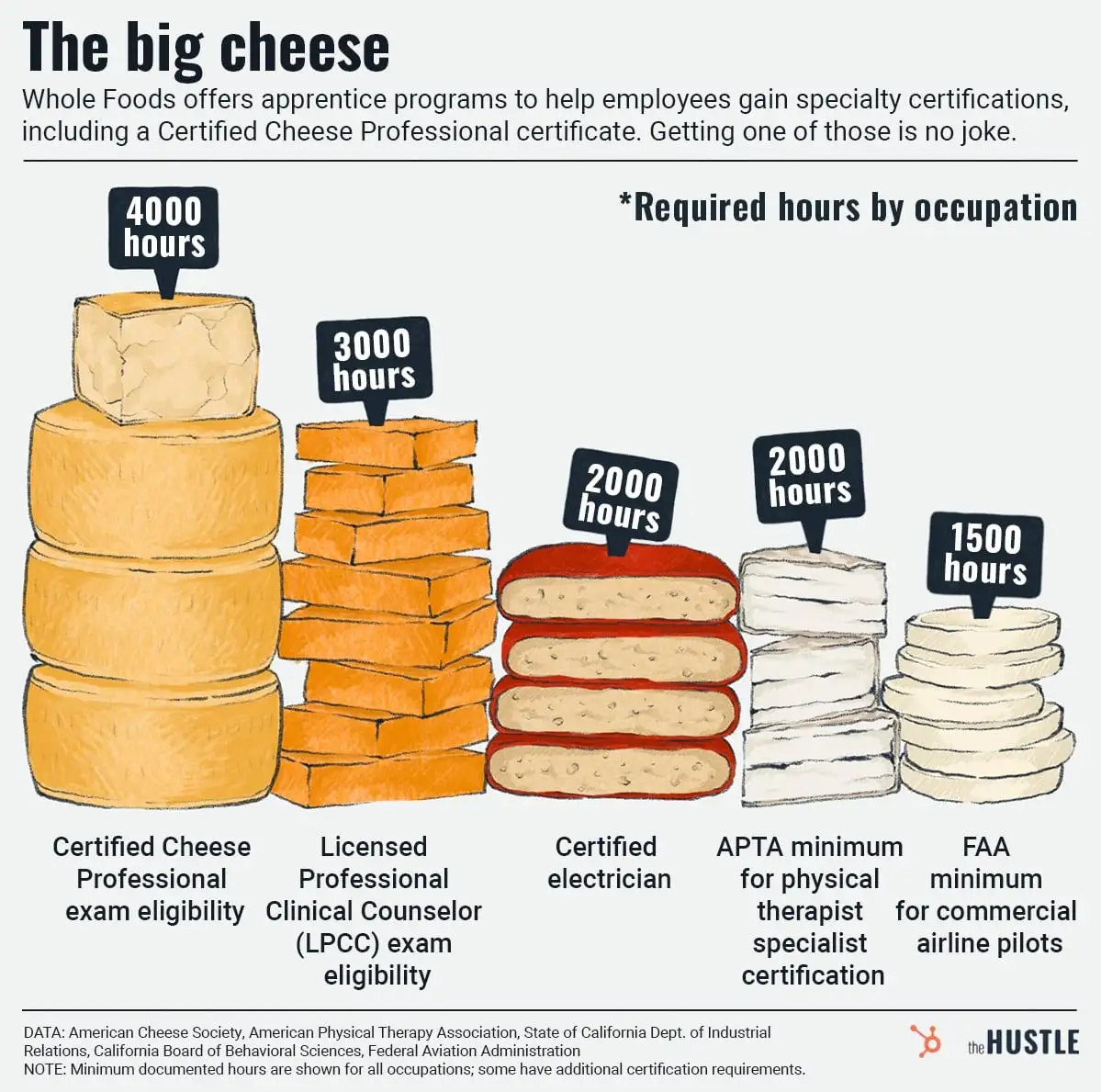How would you feel if you looked down at a restaurant menu to see you could order a medium-rare zebra steak? What about a lion burger?

Yeah… We aren’t sure either.
But it isn’t inconceivable, as technology has made cell-cultivated meat possible and startups get — uh — creative with their offerings.
The first cell-cultivated chicken in the US received USDA approval this summer. Now, food startups are trying to mimic some far more exotic meats, per Vox:
- Vow created a woolly mammoth meatball by inserting a copy of the creature’s DNA sequence, along with elephant genetic data, into sheep cells and cultivating those cells into the final, spherical product.
- Primeval Foods says it’s working on a “wide range” of wild meats, including lion and zebra.
- Paleo makes cultivated strains of the protein heme (AKA the stuff that makes meat taste like meat) bioidentical to that of the prehistoric mammoth.
There are 150+ cultivated-meat companies, as of 2022.
For now, most of these startups are in the nascent stages of development, and their products aren’t yet available to curious consumers.
While these meats are cruelty-free…
… some worry it could normalize or promote the consumption of exotic species. (It might be for the best that no one is craving endangered tigers.)
And the jury is out on the environmental impact: One Oxford University study suggests cultured meat could lower greenhouse gas emissions, while another (not yet peer-reviewed) study from UC Davis claims the opposite.
As with any new tech, there’s a lot left to figure out.
Including the fact that for now…
… these meats are too expensive for the average consumer.
Lab-grown meat costs ~$17 per pound, compared to the ~$2 it takes to produce a pound of beef.
The kicker: No one has tasted the mammoth meatball since we have no idea if humans are allergic to it.
bc75.jpg)









